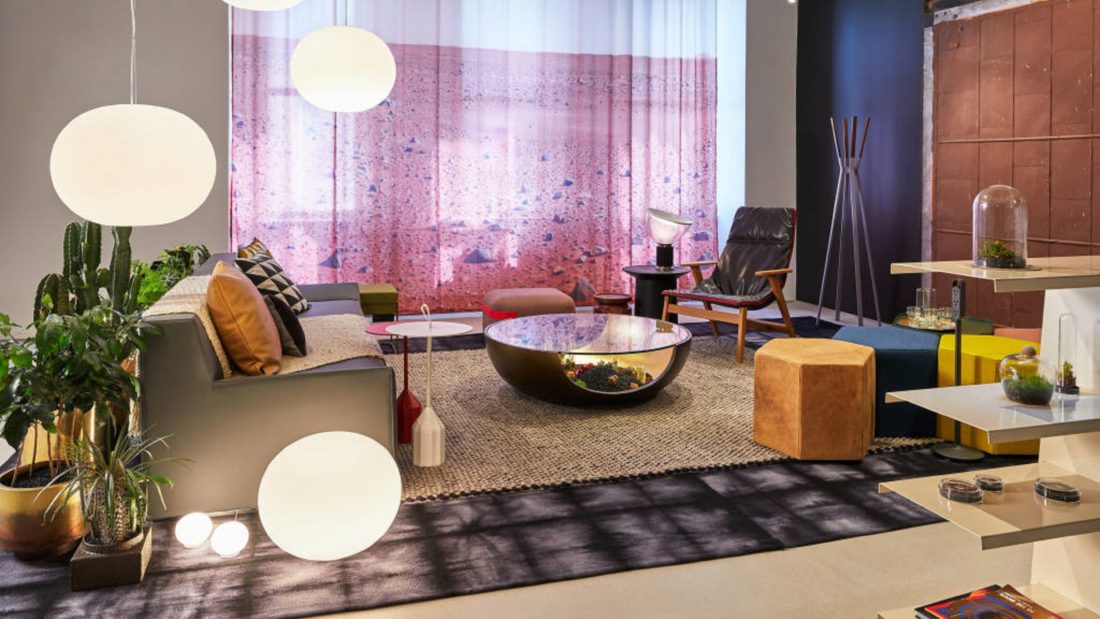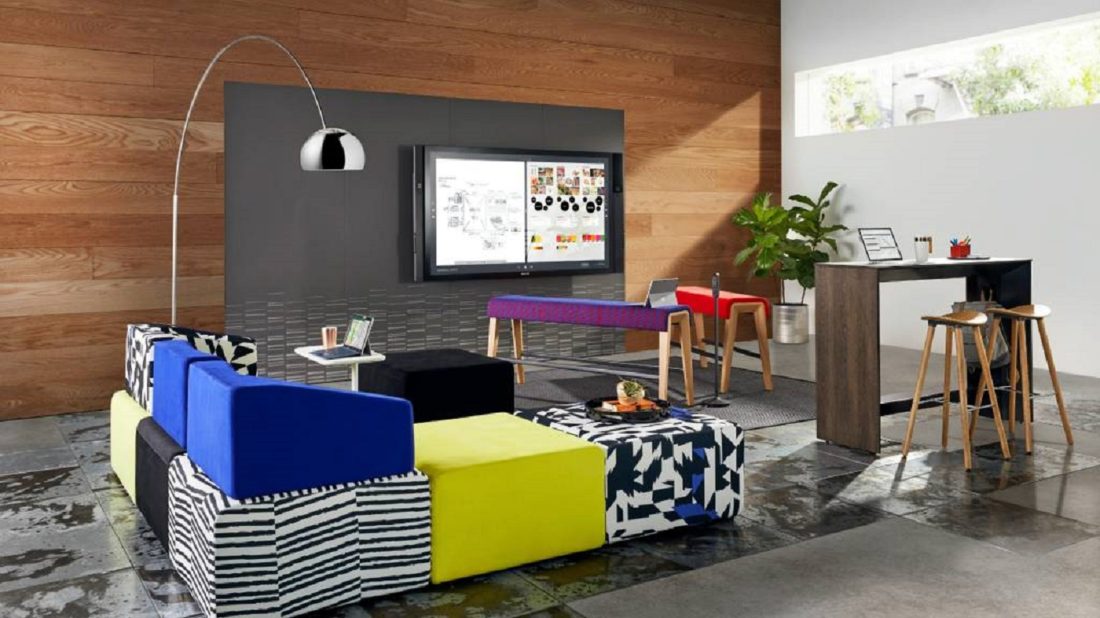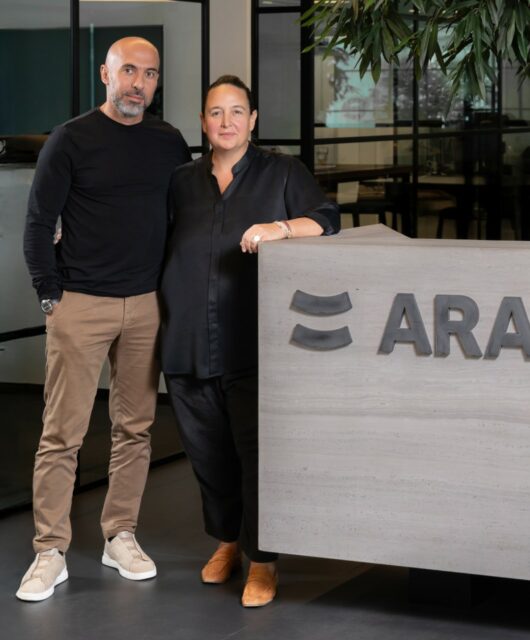Steelcase survey: Employees want alternative and less formal spaces!

It’s time to change the workplace environment. According to the Steelcase Ancillary Research—51% of employees need an escape from working in the same place during their day . Informal work spaces play an important role in motivating employees, improving well-being and relieving the monotony of the workplace. However, statistics show that 42% of employees around the world are unsatisfied with their informal workspace offerings, with most organisations only providing the technology and permission to work in informal spaces, without offering spaces that support physical, cognitive, and emotional well-being.
Conducted by Steelcase WorkSpace Futures team, the Ancillary Global User Survey examined exactly how and why informal spaces are being used in today’s offices. The survey found that 87% of global employees spend between two to four hours away from primary workstations daily, seeking ways to connect with colleagues or to escape for private time.

In a time where office design plays a strong role in attracting and retaining the best talent, ancillary spaces are proving key in establishing a healthy company culture. Survey insights found that three of the top four motivations for using informal spaces support some form of social connection with colleagues: quick informal social interactions (41% of population); other social interactions (33%) and collaborative teamwork (28%). An additional 43 percent of respondents also believe informal spaces to be crucial in building deeper relationships and helping build trust.
‘While technology has enabled workers to be productive on the go, employees are recognising the benefit of returning to the office for collaboration, community team building and a place to focus. This office renaissance has elevated the importance of creating a workplace that supports workers’ holistic wellbeing, energising and motivating employees by offering them a choice over where and how people work, with spaces that also consider the differing needs of the multi-generational workforce,” said Hasan Alharbi, regional director.

What workers want
Speaking to 2,806 respondents across eight countries, the survey comprised 23% baby boomers (1945 -1964), 44% Gen X (1960 -1980) and 32% millennials (1981 – 1996). Testing a typology of informal settings including dining-, lounge-, café-, booth-, bar-, patio- and den-styles, the survey focussed on key motivations, activities, and benefits of using ancillary spaces, overall satisfaction and performance, and opinions on setting styles.
Thanks to a shift in where and how work happens, alternative and less formal spaces are a rising consideration in office design around the world. The study tested a number of informal settings and how they are used by younger and older generations and found that ancillary spaces need to work twice as hard to satisfy the requirements of multi-generational employees.
Lounge-style: Casual lounge spaces give workers a chance to get away from their desk, relax and to connect socially and creatively. Younger generations see lounge settings as a place for quiet privacy, while older generations tend to use them for active buzz and socialising.
Dining-style: Dining style scored the highest ratings in terms of versatility, hosting all types of work from formal and informal tasks, to group and solo work, as well as phone calls and video conferences.
Bar-style: High seating at a bar helps to support sit or stand postures. Millennials are more likely to use dining and bar spaces to do focused work, while older generations use these spaces for collaboration and socialisation.

Den-style: The smaller den space creates a cosy place for respite or focus. Yet younger generations see den settings as a place for active buzz, more so than other generations.
With scores for current satisfaction and performance of informal spaces available indicating only moderate satisfaction levels, there is ample opportunity for improvement around the world. Employees would like to improve spaces with more views of nature or greenery (45%), better support for informal connection with colleagues (41%), better acoustic and visual privacy (38%), and better ergonomics (37%).







